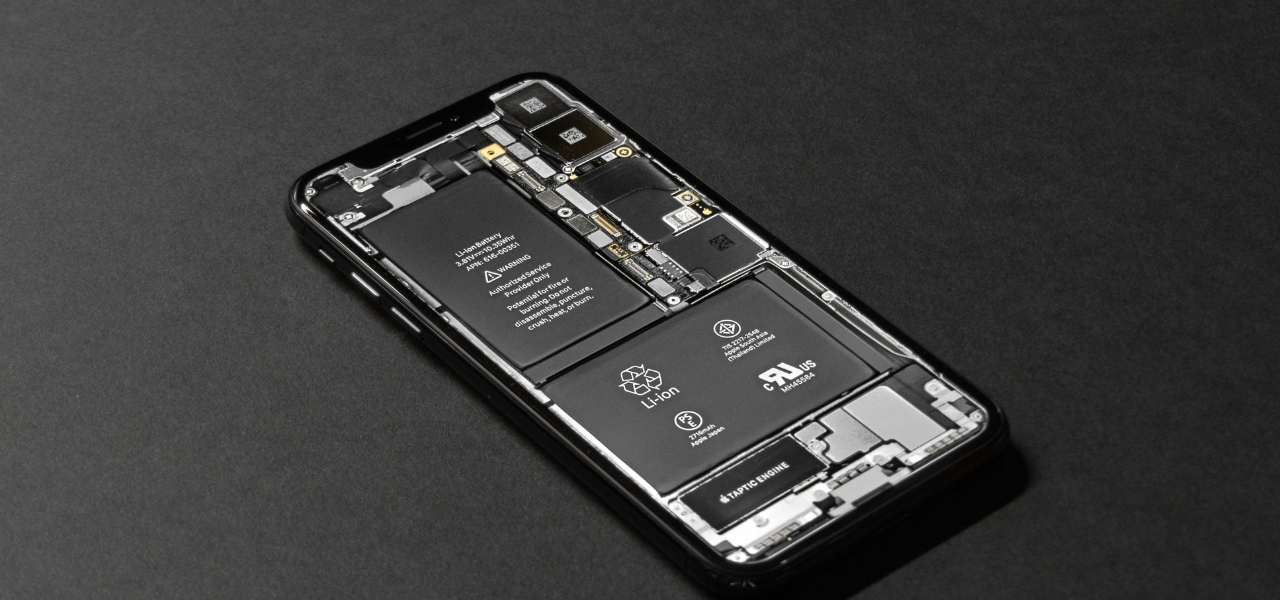The frustration of low battery anxiety is universal. Smartphones, laptops, and wearables have become indispensable, yet the wait for a full charge often interrupts our day-to-day activities. Recent breakthroughs in ultra-fast charging technology are set to transform how we interact with devices, promising not just speed but a fundamental shift in user behavior.
Ultra-Fast Charging: Redefining Expectations
The latest innovations in battery chemistry and power management are enabling devices to charge in minutes rather than hours. Lithium-ion alternatives, such as lithium-titanate and solid-state batteries, combined with advanced thermal regulation systems, are at the forefront of this revolution. This means your smartphone could go from 0% to 80% in under ten minutes, dramatically reducing downtime. As these technologies mature, ultra-fast charging is no longer a luxury but a practical expectation for consumers and professionals alike.
How Ultra-Fast Charging Impacts Daily Device Use
Ultra-fast charging is reshaping user habits. Devices will no longer need to be tethered to power outlets for long periods, giving users unprecedented freedom. Professionals can rely on quick top-ups between meetings, gamers can return to sessions without lengthy interruptions, and travelers can maintain connectivity without carrying bulky power banks. The convenience of near-instant charging also encourages more frequent device use, opening avenues for applications that were previously constrained by battery limitations, from AI-powered tools to immersive AR experiences.
The Hidden Hurdles Behind Lightning-Fast Charging
While ultra-fast charging is a breakthrough, it comes with engineering challenges. High-speed energy transfer generates heat, which can reduce battery lifespan and even compromise safety. Manufacturers are investing heavily in cooling solutions, smart charging algorithms, and adaptive power delivery systems to ensure durability without sacrificing speed. Consumer electronics companies are racing to integrate these solutions seamlessly, and early adopters are already witnessing devices that maintain long-term performance despite aggressive charging cycles.
Also read: iPad vs. MacBook: How Apple Is Blurring the Line Between Tablet and Laptop
Transforming Consumer Expectations
As ultra-fast charging becomes mainstream, device design will evolve alongside it. Thinner devices with higher energy density batteries will become feasible, and reliance on secondary charging accessories may decline. Consumers will start expecting consistent, reliable performance without the anxiety of low power. Beyond individual convenience, this technology has implications for sustainability as well: efficient charging reduces wasted energy, while longer-lasting batteries decrease electronic waste over time.
Tags:
Emerging TechnologiesAuthor - Jijo George
Jijo is an enthusiastic fresh voice in the blogging world, passionate about exploring and sharing insights on a variety of topics ranging from business to tech. He brings a unique perspective that blends academic knowledge with a curious and open-minded approach to life.
